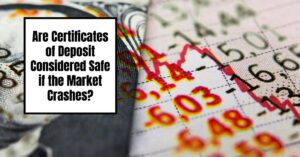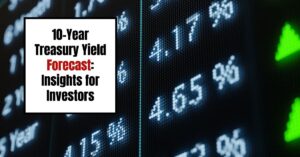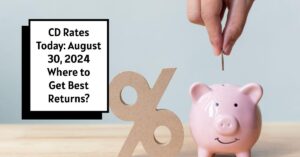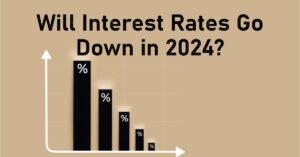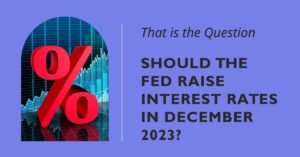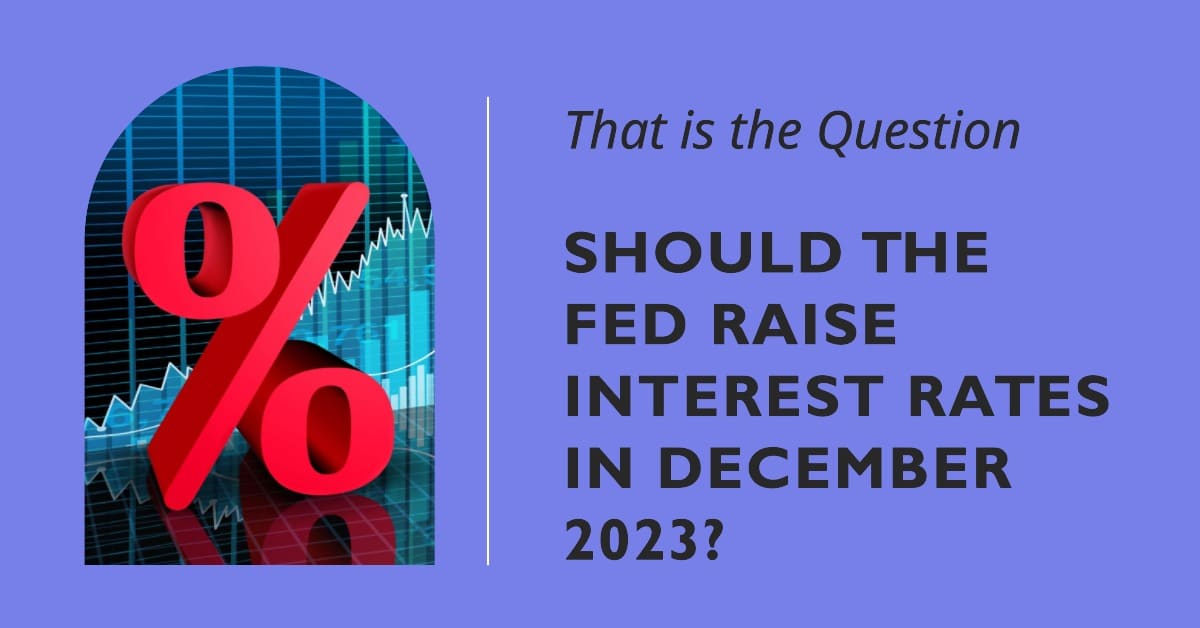As the economic landscape continues to evolve, the U.K. interest rate forecast for the next 5 years serves as a critical compass for businesses, investors, and everyday consumers. Understanding these dynamics can help in making informed financial decisions and preparing for potential challenges ahead. With a fluctuating economy, fluctuating interest rates can significantly impact everything from mortgage payments to loan affordability.
U.K. Interest Rate Forecast for the Next 5 Years
Key Takeaways
- Bank of England Rate Trends: Interest rates are expected to begin declining from their current levels by late 2024, following a period of high economic pressure.
- Inflation Rates: After experiencing high inflation, the forecast indicates a gradual easing of prices, which will positively influence interest rates moving forward.
- Overall Economic Growth: The U.K. economy is projected to recover, with GDP growth expected to rise as interest rates drop.
- Impact on Borrowing Costs: As rates decline, borrowing costs will decrease for consumers and businesses, potentially revitalizing sectors that have lagged.
- Long-Term Stability: By 2028, interest rates may stabilize slightly above pre-pandemic levels, providing a sense of predictability in the financial market.
- Monitoring Economic Indicators: Key indicators like GDP growth, employment rates, and global economic conditions will heavily influence rate adjustments.
Current Economic Context
The Bank of England (BoE) has been navigating a complex economic environment characterized by high inflation and changing consumer behavior. Over the past year, the BoE has continuously adjusted interest rates in response to rising inflation, which peaked at record highs earlier in the economic recovery phase post-pandemic. According to the Monetary Policy Report published by the Bank of England in November 2023, the interest rates were projected to fluctuate around 5.5% to 5.75% in early 2024 before beginning to decline (source: Bank of England).
Understanding Interest Rates and Their Impact
Interest rates dictate the cost of borrowing and the returns on savings. When rates are high, borrowing costs rise, often slowing down consumer spending and slowing economic growth; conversely, lower rates typically activate spending and investing, boosting the economy. As the BoE sets the base rate, which influences all other rates in the economy, adjusting these rates plays a pivotal role in monetary policy.
What to Expect in the Coming Years
2024: Initial Declines
Expect the BoE to respond to easing inflation with modest rate cuts by mid-2024. Predictions from the Office for Budget Responsibility (OBR) indicated that the average interest rates could fall to about 4.75% by the end of 2024 as the economy begins to stabilize (OBR – March 2024 Economic and Fiscal Outlook). Consumer Confidence is crucial as decreased interest rates translate to lower repayments on mortgages and personal loans, allowing more disposable income for households.
Moreover, experts predict the economy will undergo a resurgence as a result of decreased borrowing costs. This resurgence signals a more optimistic spending environment, which can lead to higher demand for goods and services. Increased consumer spending will likely bolster retail sectors, service industries, and may even trigger a rise in small business growth.
2025: Continued Easing
In 2025, the trend of decreasing interest rates is anticipated to continue, potentially dropping to around 4% to 4.25%. This decline will likely promote consumer spending and business investments, reviving sectors that have been sluggish due to previous high borrowing costs. The OBR forecasted a GDP growth rate of approximately 1.9% for this period, driven by greater access to affordable credit (Spring Budget 2024).
Expect to see increased investments in sectors like housing and construction, which are particularly sensitive to interest rate changes. Lower borrowing costs will encourage home purchases and renovations, which will open job opportunities in construction and related trades. It is vital for the government and businesses alike to monitor how these shifts take place, as they can model policy responses to further support economic recovery.
2026: Mid-Term Stability
Mid-2026 might see interest rates stabilizing around 4%. The economy will have likely adjusted to the lower rates, leading to strengthened consumer confidence and improved business performance. With inflation rates expected to fall closer to the BoE's target of around 2%, monetary policy will focus on ensuring inflation does not resurge unexpectedly (Morningstar).
The stability in interest rates could also lead to improved capital markets, where investors may feel more secure in making longer-term investments. This stability can catalyze innovation in businesses as companies have easier access to capital for expansion. More startups and tech firms may emerge, utilizing this favorable environment to innovate and grow.
2027: Entering a New Normal
By 2027, the U.K. could see interest rates settling at approximately 3.75% to 4%. The economy will likely shift from recovery to full-fledged growth, with the potential for new fiscal policies influencing job creation and further boosting economic activity. Analysts are expecting gradual improvements in productivity, supported by investment in new technologies and sustainable practices (PwC Insights).
As interest rates normalize, businesses will also find it easier to plan for the future. For both small and mid-sized enterprises, clarity in interest rates will help in the formulation of long-term business strategies. Market expansions and international business operations may gain traction as investment climates become more predictable.
2028: Long-Term Outlook
As we look further into 2028, rates may stabilize at about 3.5% to 3.75%. This extended stability would signal a maturing economy that is less reliant on monetary interventions. However, geopolitical events and potential economic shifts could always necessitate further adjustments. Such economic conditions may encourage innovation in low-carbon technologies, e-commerce, and further digital transformation.
Inflation and Its Role in Interest Rate Adjustments
Inflation is one of the most critical factors influencing interest rates. As inflation rises, the cost of living increases for consumers and businesses alike. High inflation rates lead the BoE to raise interest rates to cool down the spending which ultimately balances the economy.
Currently, inflation is forecasted to ease as supply chains stabilize post-pandemic and energy prices potentially moderate. This easing trend will benefit consumers, who may find more affordability in basic goods, travel, and lifestyle expenditures. However, monitoring wage growth will be essential; if wages do not increase in line with cost of living adjustments, consumer purchasing power could decline, hindering economic progress.
The Broader Economic Implications
The trajectory of U.K. interest rates over the coming five years is intertwined with a wider range of economic indicators. Inflation, overall economic growth, and labor market dynamics will play crucial roles. With inflation rates expected to decrease, the overall economic outlook remains cautiously optimistic, suggesting that the U.K. is on track to maintaining a balanced and stable growth path.
Moreover, international economic trends will influence domestic rates. Changes in U.S. Federal Reserve policies or economic challenges in Europe will undoubtedly ripple into the U.K. market. Investors should prepare for potential volatility, driven by external economic scenarios that may affect the BoE's decision-making.
Conclusion
Understanding the U.K. interest rate forecast for the next five years is vital for preparing for future financial landscapes. Borrowing costs, investment strategies, and personal financial decisions will all be affected by these forecasts. Stakeholders from homeowners to large corporations must stay informed and responsive to these changes for effective long-term planning.
Keeping an eye on the evolving economic data, including employment statistics, consumer spending, and inflation trends, will be essential in navigating this financial environment. As the U.K. strives to strike a balance between economic recovery and sustainable growth, awareness of interest rate changes will remain pivotal.
For continuous updates on the U.K. economy and detailed analyses, please refer to credible sources such as the Bank of England and the Office for Budget Responsibility.
- IMF Predicts High Interest Rates for the Long-Term in the US and UK
- UK House Prices Hit Record Highs: Will They Keep Climbing?
- UK Housing Market Predictions 2024: Crash or Correction?
- Interest Rate Predictions for the Next 3 Years: (2024-2026)
- Interest Rate Predictions for Next 2 Years: Expert Forecast
- Interest Rate Predictions for Next 10 Years: Long-Term Outlook


